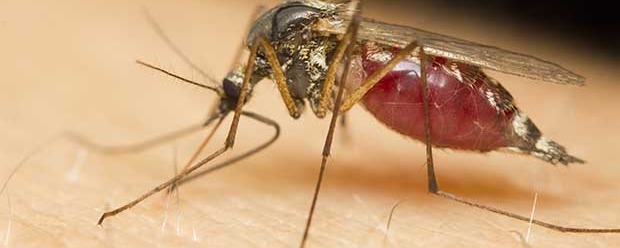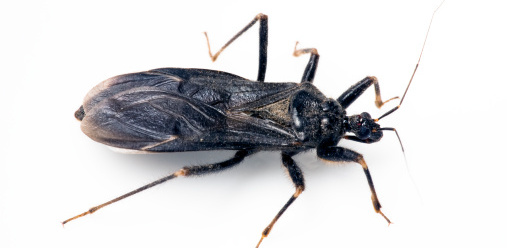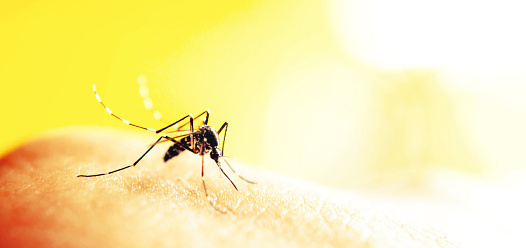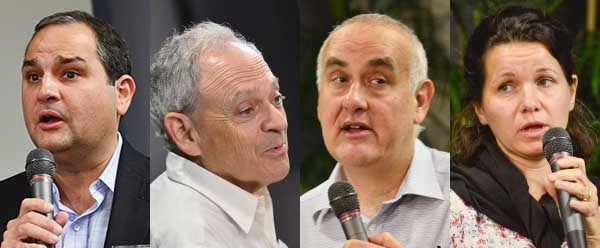Chikungunya in Florida
Chikungunya is a viral disease that is transmitted from the bite of an infected mosquito. To date, two specific species have been identified, which include Aedes aegypti and Aedes albopictus. Chikungunya is classified as an alpha virus with positive single-stranded RNA genome. The disease was first described by M. Robinson and W.H.R. Lumsden following an outbreak that occurred in Tanzania in 1952. Since that time, outbreaks have continued to occur in Africa, Europe, parts of Asia, and more recently in the Caribbean. The Pan American Health Organization has reported over 900,000 suspected cases in 40 countries over the last 11 months. From a clinical perspective, Chikungunya has an incubation period of two to twelve days, with the majority of cases occurring between 3 and 7 days after being bitten by an infected mosquito. A fever of 102 degrees (F) and joint pain are the characteristic symptoms. Rash, fatigue, joint stiffness, headache, and nausea/vomiting may also occur. While a majority of patients do feel significantly better within a week of onset, joint pain (arthralgia) may persist for several years following infection. Schilte C. et al (2013) followed 180 patients in 2006 from an outbreak on La Reunion Island and concluded that over 60% continued to experience symptoms of arthralgia 3 years after infection. Young children, elderly adults, pregnant women, and those with pre-existing disease are at greatest risk. The disease has caused mortality in a relatively small number of cases so far.
The disease has been reported in the US since 2006, stemming from travellers who had been to countries where the virus is common. The disease has spread rapidly throughout the Caribbean and parts of Central America. In late June 2014, the first two locally acquired cases were identified in south Florida. Neither infected patient had travelled outside of the U.S. The virus is not airborne or able to be transmitted from person to person. Mosquitos are the primary vector and transmit the disease by biting a healthy person. Following infection, immunity is incurred as protective antibodies have been developed. Unfortunately, the spread of the disease can occur rapidly as it is a new virus to the continental U.S. leaving most of the population susceptible. To date, 11 locally acquired cases have been reported in Florida. Counties affected include Miami-Dade, Broward, Palm Beach, and St. Lucie (http://www.cdc.gov/chikungunya).
Primary diagnosis is made based off of clinical symptoms, travel history, place of residence, and exposures. Confirmation of disease by laboratory testing through serum or plasma can occur with detection of virus, viral RNA or viral antibodies. The CDC and some state health departments perform viral testing.
At present, there are no vaccines or specific anti-viral treatments for Chikungunya infection. Treatment focuses around supportive care including rest, hydration therapy, and non-steroidal anti-inflammatories (NSAIDs) to relieve pain and fever.
There is concern that Chikungunya could affect more than 10,000 people in Florida alone. This projection, from the Florida Medical Entomology Laboratory, is based off statistics from other outbreaks.









